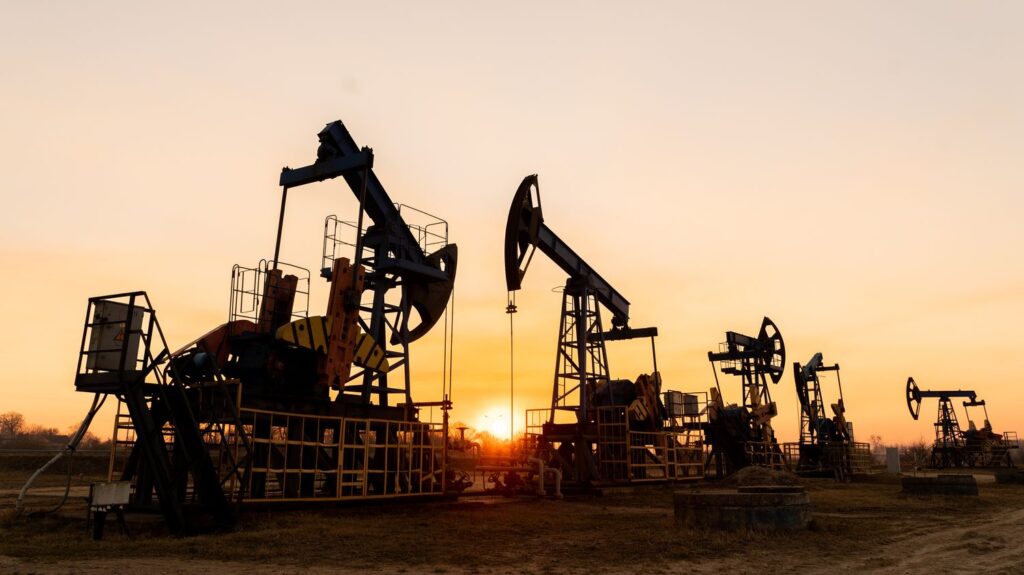The price of a barrel, already increasing, could leap on Monday, with the uncertainty of a closure of the Strait of Ormuz, where 20% of world oil passes.
/2023/07/07/64a7df4c5fe71_placeholder-36b69ec8.png)
Published
Reading time: 3min
/2024/03/04/gettyimages-1396998766-65e588440c1bf642740998.jpg)
The participation of the United States in the Israeli-Iranian conflict, through the bombing of Iranian nuclear sites, revives, Sunday, June 22, the fears of an outbreak of barrel prices. Iran is indeed an oil producing country, a member of OPEC (Organization of oil exporting countries). The current geopolitical situation directly impacts the price of a barrel.
It has already been visible for ten days. From the first Israeli strikes in Iran, the price of oil climbed, from $ 65 to $ 77 a barrel. From now on, the military involvement of the United States raises a new increase, according to Philippe Chalmin, an economist specializing in raw materials. “We come back to the question that everyone was asking last week: can Iran block the Strait of Ormuz?”, he questions.
This strait, located between Iran, Oman and the United Arab Emirates, is a key maritime passage: 20% of the world’s oil transit, about 20 million barrels per day. Iran threatens to block it. But according to Philippe Chalmin, this scenario remains unlikely. “One of the first impacted countries would be China, the main customer of Iran and one of its only international supports, tempers the economist. “That there may be actions against certain ships, it is not excluded. Iran could also strike Saudi or emiratic oil installations, which would be easier for them than to block Ormuz”, Estens Philippe Chalmin.
The anticipation of these scenarios may however have an impact on the financial markets. For the moment, the barrel price remains at $ 77, especially because the American strikes took place on a Sunday. But as soon as the markets are opened on Monday, we must expect an increase. “If there is a real blockage, undoubtedly, we will be over $ 100 a barrel. In all cases, the degree of tensions is such that it is very likely that the 80 dollars threshold is exceeded on Monday”, warns the economist.
Inevitably, if the price of a barrel climbs, consumers will pay more for their full fuel. “We are already feeling itcontinues Philippe Chalmin. Coarsely, a dollar the barrel represents a penny at the pump. We were at 65 dollars in early June, there are $ 77. This represents an increase of $ 12. The increases will continue. It is very likely that we pay 15 to 20 more cents at the end of next week, ” advances this specialist in raw materials.
On the other hand, according to him, there is no risk of shortage. Admittedly, Iran is one of the largest oil producers, with around 3% of world production. But the country consumes two thirds of what it produces. The economist also recalls a last element: today there are stocks elsewhere: “There are almost thirty million barrels of Iranian oil in stock floating off the coast of China and Singapore. So the idea that the world will lack oil, we can forget it. Regulation is done by the price”concludes Philippe Chalmin.
The last time the price of a barrel jumped was three years ago, in 2022, at the start of the war in Ukraine. The barrel had then crossed the symbolic bar of 100 dollars.


